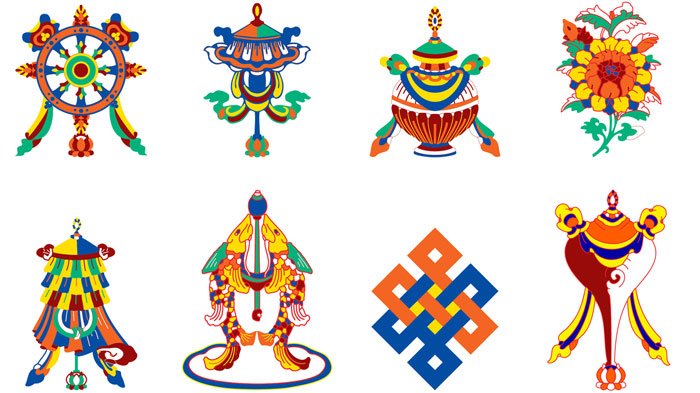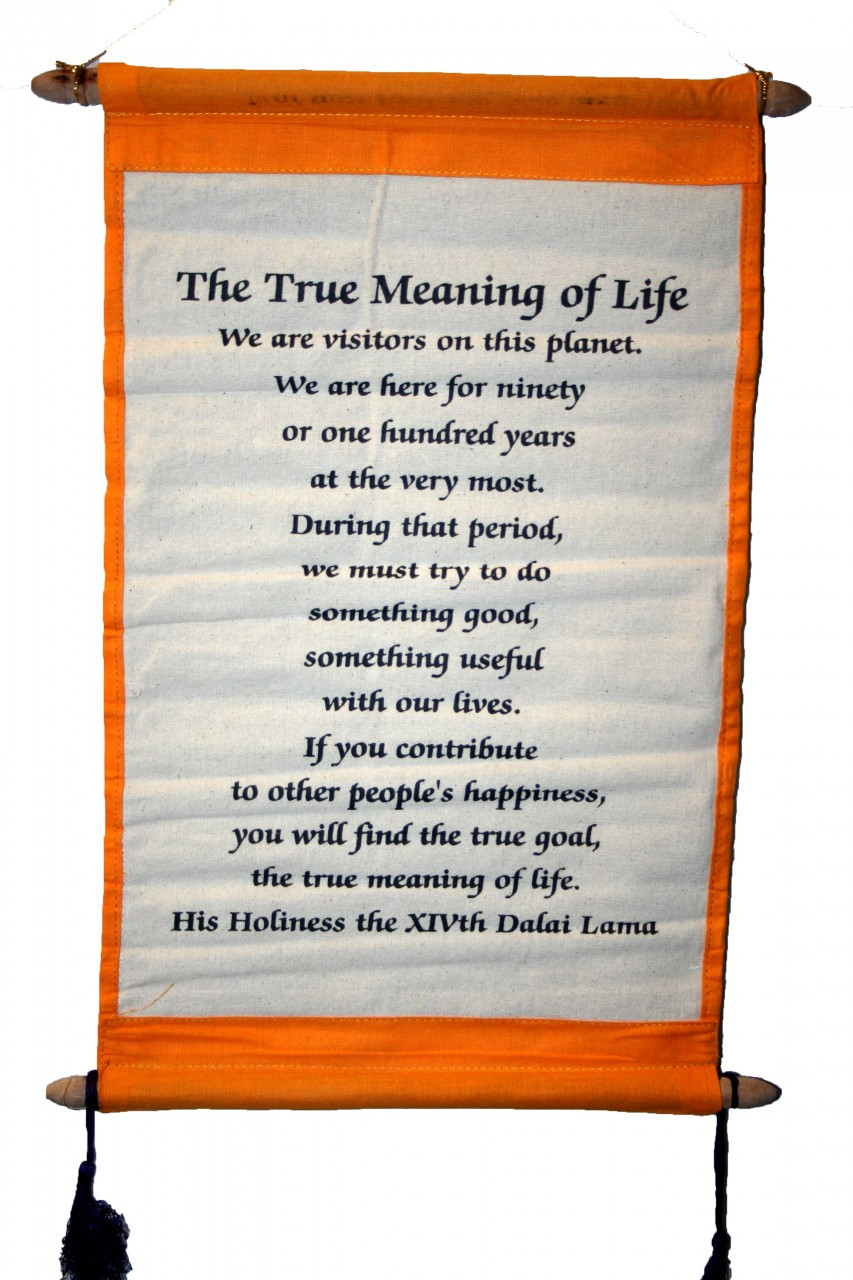Tibetan Wall Hanging Symbols Meaning

See more ideas about tibetan symbols tibetan art buddhist art.
Tibetan wall hanging symbols meaning. If you take a closer look you ll notice that these symbols are printed on tibetan prayer flags. There are 1 655 tibetan wall hanging for sale on etsy and they cost 53 23 on average. You can also see them in their houses. The most common tibetan wall hanging material is wood.
Translated this means hail to the jewel in the lotus. 8 auspicious symbols wall hanging 27 10 00. The most popular color. Amitabha mantra banner 10 00.
Known as ashtamangala in sanskrit ashta means â â eightâ and â mangalaâ translates as â auspiciousâ tradition holds that these symbols. Some of the symbols however originated in tibet or were given a specific meaning within the local culture. Craftvatika tibetan mahakala wall sculpture old vintage hindu god shiva ganesh wall decor hanging mask bali padmasambhava nepalese wall art 4 6 out of 5 stars 6 tibetan wood copper om mani padme hum wall hanging prayer wheel 8 auspicious symbols. Tibetan wall hanging with the fish and lotus symbols pockets.
Because here they come. The tibetan hung symbol is probably the most popular of the various tibetan symbols. And here are those tibetan buddhism symbols. Because of the prevalence of tantra with its amusing custom of symbolism it is no surprise that symbols and symbolic artifacts of all sorts are found in tibet.
The first one is a fairly simplified tibetan wheel of life see here for some more elaborate ones and the second is the mandala of some deity not sure which. The eight auspicious symbols 006. Five green taras wall hanging. 5 out of 5 stars 42 42 reviews 16 00.
The eight auspicious symbols or the ashtamangala is the center of their beliefs. May 21 2020 explore siberan s board tibetan symbols on pinterest. Wall hanging with embroided tibetan prayer 001. It was taken from the ancient tibetan prayer or mantra om mani padme hum or om mani padme hung.
Tibetan symbols buddhist tibet places special value on a collection of eight auspicious symbols that underlie buddhism hinduism and other dharmic traditions. The first one is given as an object lesson in how various kinds of desire and action lead to rebirth not regarded as a good thing you re supposed not to want to be reborn it s the consequence of urges and desires you haven t dealt. We are currently the fifth owner and we strive to continue in providing.














































